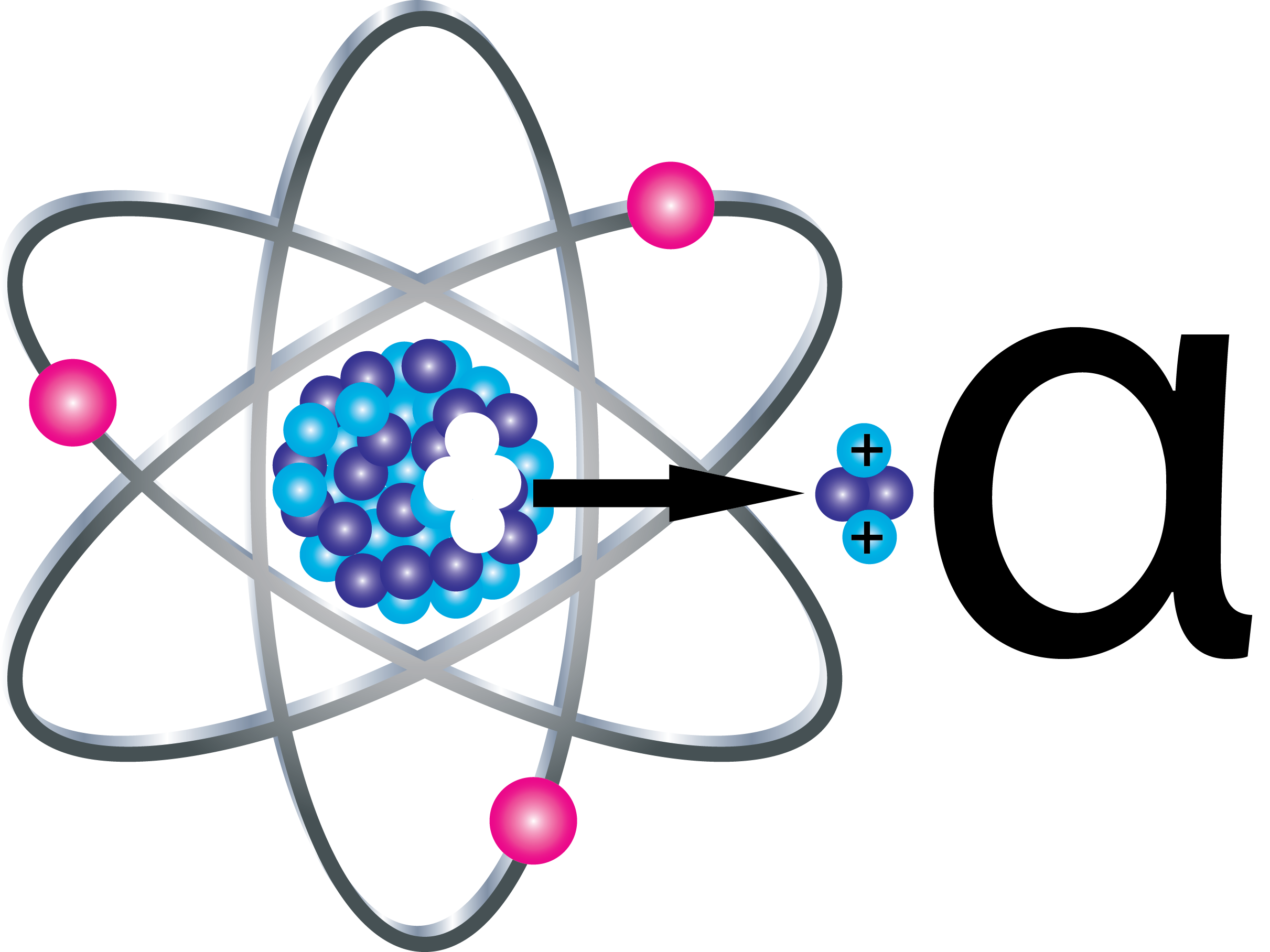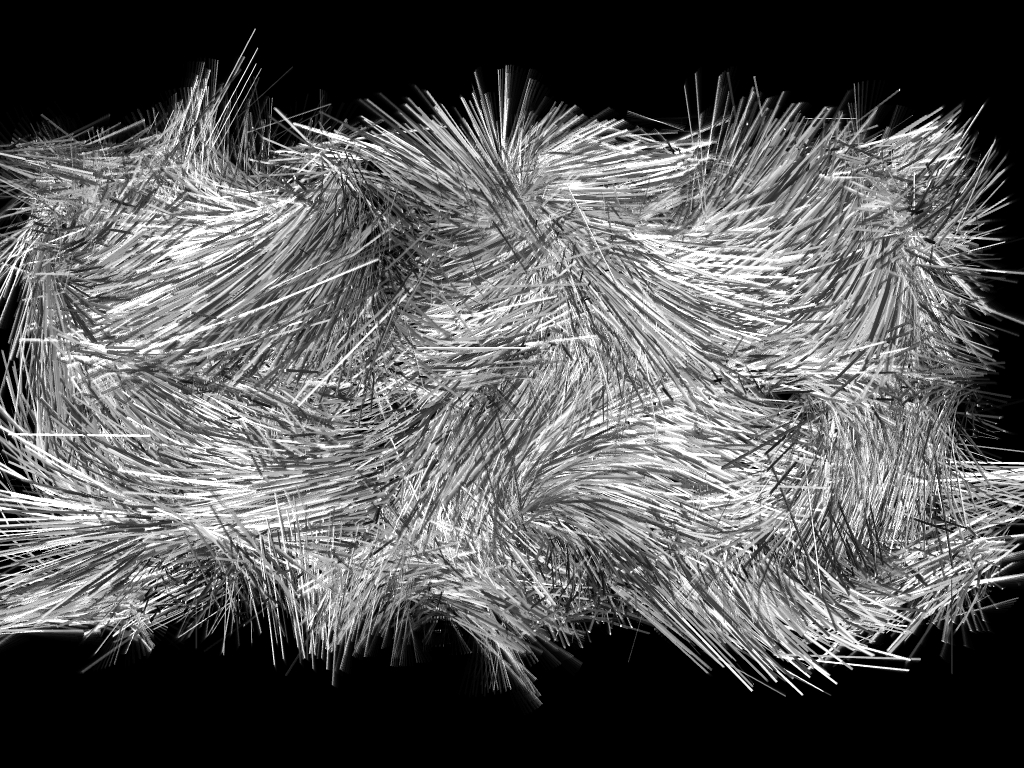

Assuming the source is in the gauge, and a radiation beam interacts with a test subject at 10 cm through a collimator, then the dose rate is likely to be up to 200 micro Sv/h (based on actual measurement and not the inverse square law). If this source is not shielded then the photon (gamma and x-ray) dose rate would be about 20 micro Sv/h at 1 m. for liquid fill level gauges in bottling plants).Ĭonsider a 5 GBq encapsulated source of Am-241 (typical activity of a radiometric fill level gauge). In this example it is the 60 keV gamma rays that are of use (e.g. In the case of Am-241, except when using as an alpha monitor check source, alpha particles are irrelevant as the radioactive material will be fully encapsulated in stainless steel with a thin foil window. Am-241) they create additional external hazards from beta or gamma radiation. Where radioactive materials emit more than just alpha particles (e.g. However, this is not for consideration in this section since the movement of radioactive material in the environment is very different from the ‘movement’ of the radiation particle being emitted. powdered Po-210) there is an entirely different and potentially significant internal radiation hazard. Where the source material is mobile (e.g. They are valid where you have a bonded / fixed source (one where the alpha material is not mobile). In real world workplace situations, the rules of thumb given above are valid when you know the nature of the source. Distance travelled by Alpha Particles in air and other materials Some further thoughts on the alpha particle They are inherently more difficult to monitor for in the workplace when compared to beta, gamma and x-ray radiations.Īn alpha particle would need an energy of at least 7.5 MeV in order to penetrate the protective (dead) layer of skin, which is taken to be 0.07 mm.


A rule of thumb for alpha particles in real world radiation safety is that they travel 1-3 cm in air, and their penetration through other material is negligible.


 0 kommentar(er)
0 kommentar(er)
